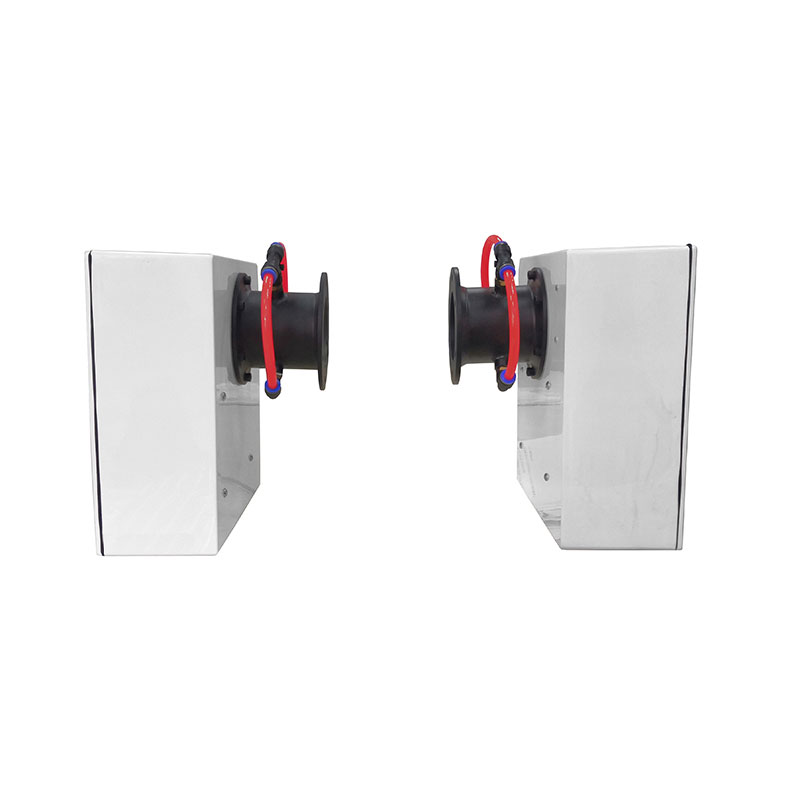Tianyi Sensor IOT Technology Co., Ltd
Sales Manager:Ms. Emily Wang
Cel,Whatsapp,Wechat:+86 15898932201
Email:info@fengtutec.com
Add:No. 155 Optoelectronic Industry Accelerator, Gaoxin District, Weifang, Shandong, China

Sales Manager:Ms. Emily Wang
Cel,Whatsapp,Wechat:+86 15898932201
Email:info@fengtutec.com
Add:No. 155 Optoelectronic Industry Accelerator, Gaoxin District, Weifang, Shandong, China

Model:FT-YGT1
Brand:tianyi
1.Light Transmittance Meter measurement principle
Light Transmittance Meter can determine the dust concentration in dry and moist flue gases by monitoring light transmittance.The detection light crosses the flue, and is a single optical path measurement system, consisting of two parts: a transmitter and a receiver.A high-brightness LED light source is installed in the transmitter.It emits the light beam through the diffuser and passes through the flue, projected onto the focus lens in the receiver and is focused on the measurement detector; the other part is directly focused on the reference detector.By calculating the ratio of signal intensity obtained on the two detectors, the light transmittance or light opacity value can be obtained, thereby obtaining the light transmittance (or light opacity) and the dust concentration value.
2.Main features of Light Transmittance Meter
Direct continuous measurement
Small size, light weight and compact structure
Directly display light transmittance or opacity
Pollution monitoring and compensation device with lens
Automatic calibration and manual calibration, convenient and flexible
Measurement path 0.5-5 meters
With air purge path
Long life LED signal light source
No moving parts – small maintenance
Easy to install and debug
3.Light Transmittance Meter Technical Parameters
| How it works | Crossing the flue, single-light transmission |
| light source | High brightness LED |
| Response time | 98% of the final value is reached in 3 seconds |
| Measurement range | Light transmittance 0-99.99% |
| Resolution | 0.01% |
| Detectable gases | Smoke, smoke or related dust gases |
| Light path length | 0.3-2 meters standard type (other lengths can be customized) |
| Average time | 1-59 seconds |
| Calibration and calibration | Manual calibration and calibration (with calibrator) |
| show | LCD LCD display |
| Analog output | 4-20mA current ring |
| Digital output | RS485/232 |
| Relay output | Two-way switching output (alarm value setting) |
| Operating temperature | -20-50°C |
| Working humidity | 0-99% (no condensation) |
| Power supply voltage | 220VAC; 12, 24VDC optional |
| Power consumption | The maximum transceiver system is 18W |
| vibration | 2Hz-60Hz, maximum amplitude 2mm |
| Housing material | Die-cast aluminum |
| Protection level | IP67 |
When camping in the wild, the weather conditions are crucial to the camping experience. The Handheld Weather meter can really show its prowess at this time, helping us to understand weather changes in advance and make preparations accordingly.After we arrive at the camping site, we first take...
With the vigorous development of smart agriculture, the four aspects of agricultural condition monitoring have become a key driver in advancing the modernization of agriculture. So, what exactly are these four aspects of agricultural condition monitoring in smart agriculture? In fact, they include s...
Piezoelectric sensor is a rainfall sensor based on the impact measurement principle, calculating rainfall by measuring the weight of individual raindrops. It can also integrate multiple pollutant parameters such as temperature, humidity, wind speed, wind direction, atmospheric pressure, and PM2.5, making it suitable for meteorological, hydrological, and agricultural applications....
PV Weather Station monitors elements such as solar radiation and temperature and humidity, providing data support for the operation of photovoltaic power plants....